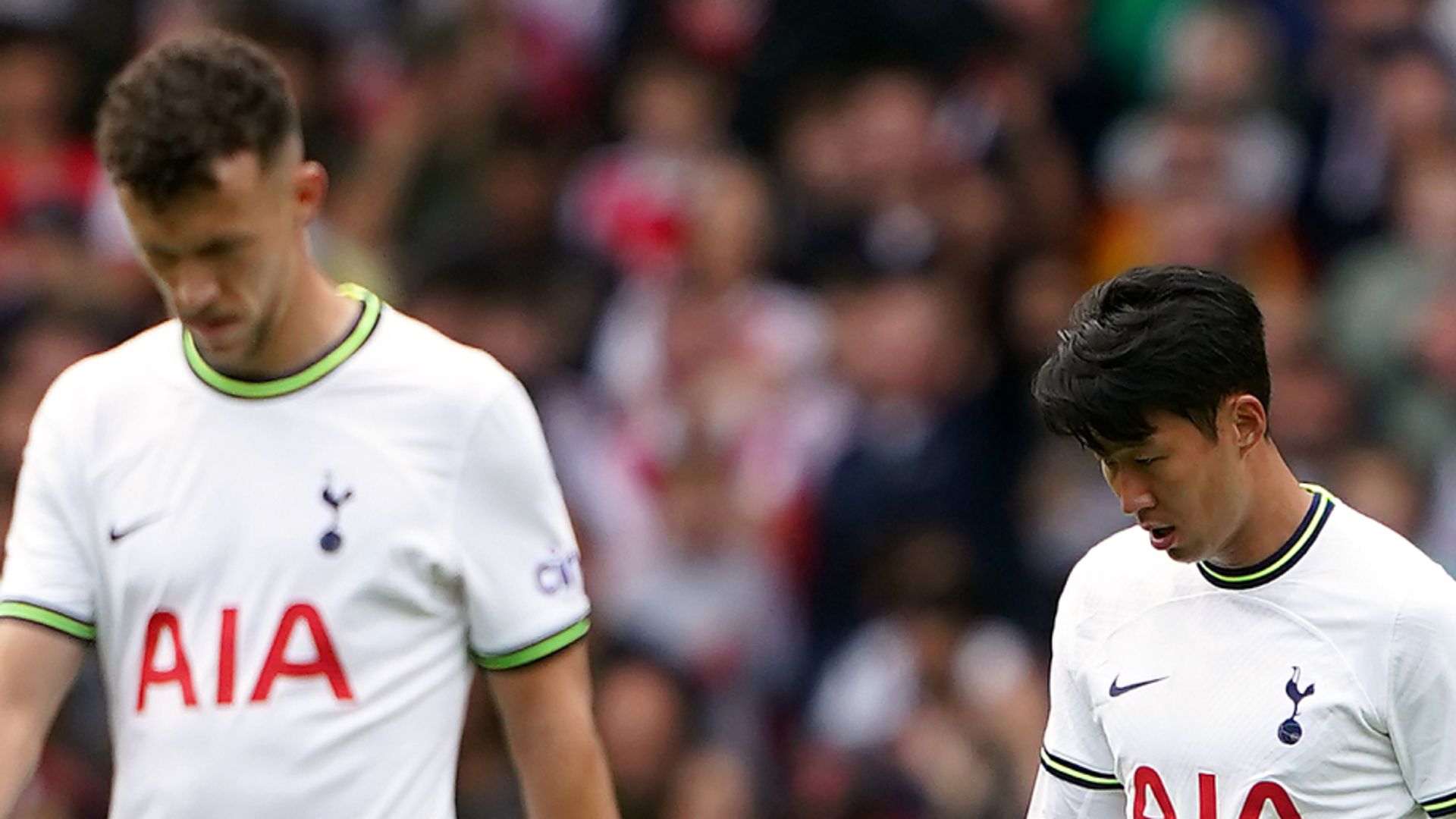Racial Disparities in State Prisons Decline: Report
New research released by the Council on Criminal Justice shows that the gap between Black and white state imprisonment rates has narrowed significantly over the last two decades, with drug crimes driving the decrease.

New research released by the Council on Criminal Justice (CCJ) shows that the gap between Black and white state imprisonment rates narrowed significantly over the last two decades, reversing a long-lasting trend, with drug crimes driving the decrease.
According to the report released Thursday, Black adults were imprisoned in state correctional facilities just under five times the rate of white adults in 2020—a 40 percent drop from two decades ago, when Blacks were imprisoned at 8.2 times the rate of whites.
The report, entitled, Justice System Disparities: Black-White National Imprisonment Trends: 2000-2020, is the latest in a series of research studies produced for CCJ’s Pushing Toward Parity project.
It updates an earlier CCJ study on disparity trends in correctional populations that focused on data from 2000 to 2016, the most current then available.
This report was prepared by William J. Sabol, former head of the Bureau of Justice Statistics and now a criminologist at Georgia State University (GSU), and CCJ Senior Fellow and GSU Assistant Professor Thaddeus L. Johnson.
Despite the decline, the persistent racial gap showed the nation still had a long way to go “before achieving a justice system worthy of widespread trust,” Johnson said.
“With racial disparities, there are many problems we can blame the justice system for and many for which the system is not to blame,” Johnson continued in a statement accompanying the report.
“Unless we address all of the issues-both within the system and outside of it-we’ll be stuck having this same conversation about crime and structural inequities for years to come.”
The report found that while responses to the COVID-19 pandemic in 2020 led to an unprecedented 15 percent drop in state prison populations, that historic decline was not matched by Black-white imprisonment disparities.
Fewer Prosecutions for Drug Offenses
Black-white disparities in state imprisonment rates fell across all major crime categories—violent, property, drug and public order—but the steepest drop came in drug offenses, which were the focus of less law enforcement attention since the decriminalization of drugs, particularly marijuana, in several states.
The difference in drug imprisonment rates dropped by 75 percent, accounting for about half of the overall decrease in the imprisonment rate gap between whites and Blacks.
The racial gap in prison admissions for Black and white people also narrowed.
In 2000, Black people were 7.2 times more likely than white people to be admitted to state prison; by 2020, they were just 3.2 three times more likely.
Notably, prison admissions for drug and property crimes saw nearly no contrasts between Blacks and whites.
The study also concluded that technical parole violations no longer drive imprisonment disparities.
However, in some areas, racial disparities increased during the time period studied—most notably in the length of stay in prison.
Blacks served longer than whites in state prisons by 0.7 years in 2020 compared to 0.2 in 2000.. The time-served gap grew most for people convicted of drug crimes.
The study’s authors argued that the next steps toward eliminating racial disparities in the criminal justice system should focus on reducing the racial disparities in violent offending, and prison time served.
Forthcoming CCJ reports will address disparities between Hispanic and Non-Hispanic populations; between male and female populations; and across states that have adopted several reforms intended to reduce prison populations safely.
The report can be downloaded here.
James Van Bramer is associate editor of The Crime Report.

 Landwebs
Landwebs 

















/cdn.vox-cdn.com/uploads/chorus_asset/file/24430706/elon_musk_twitter_for_you.png)


